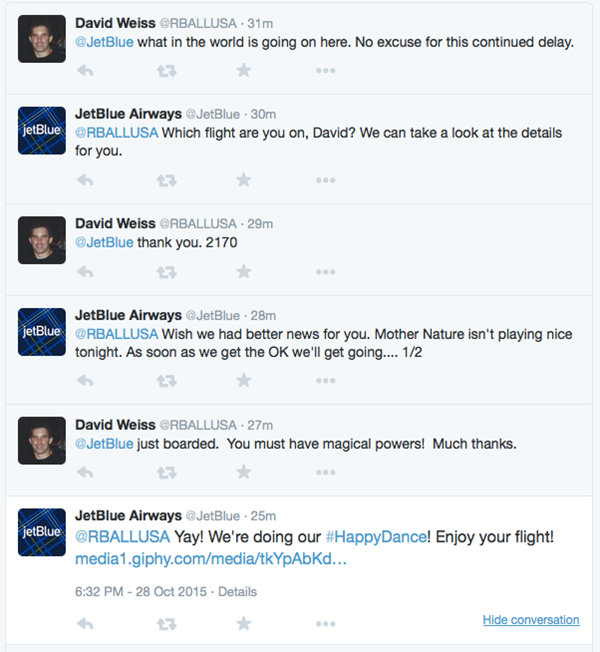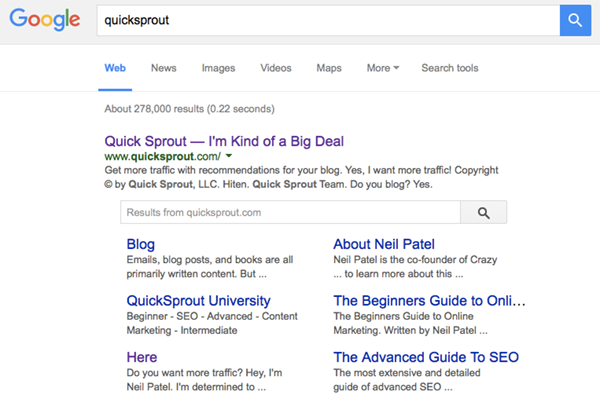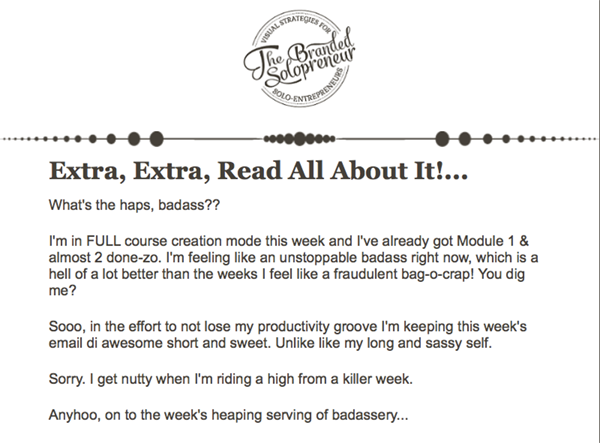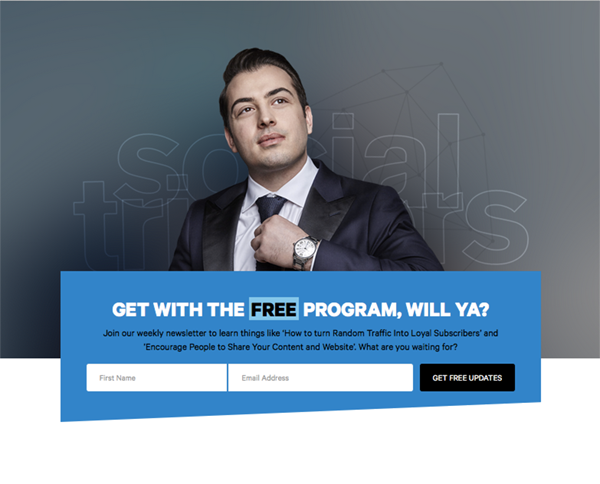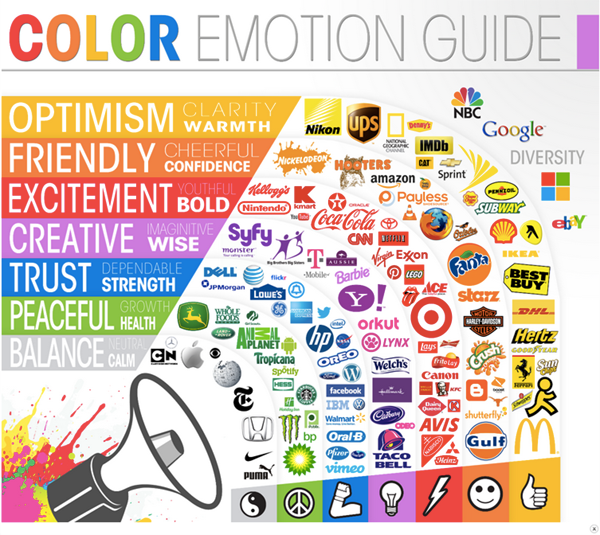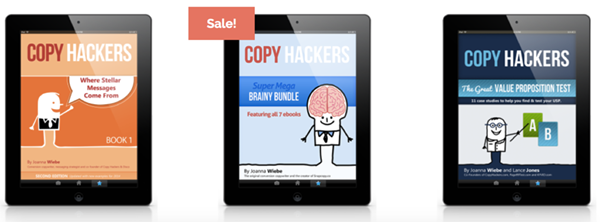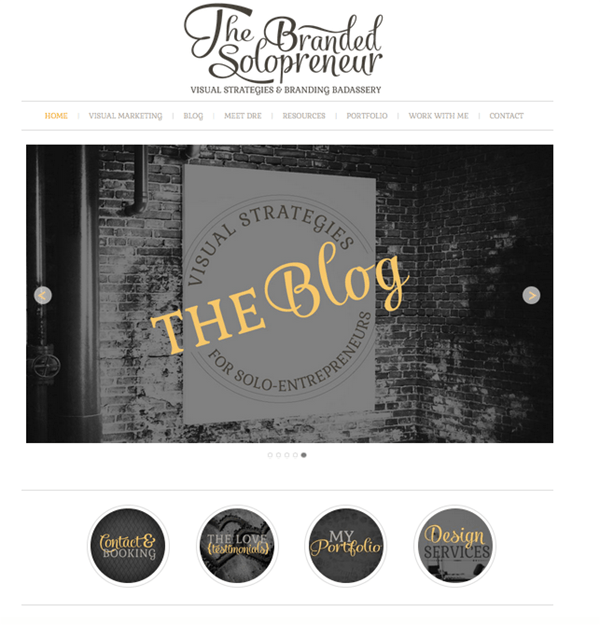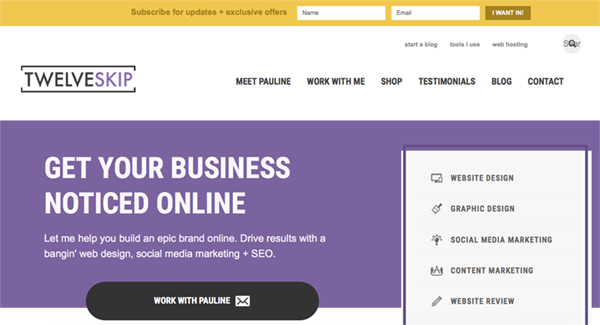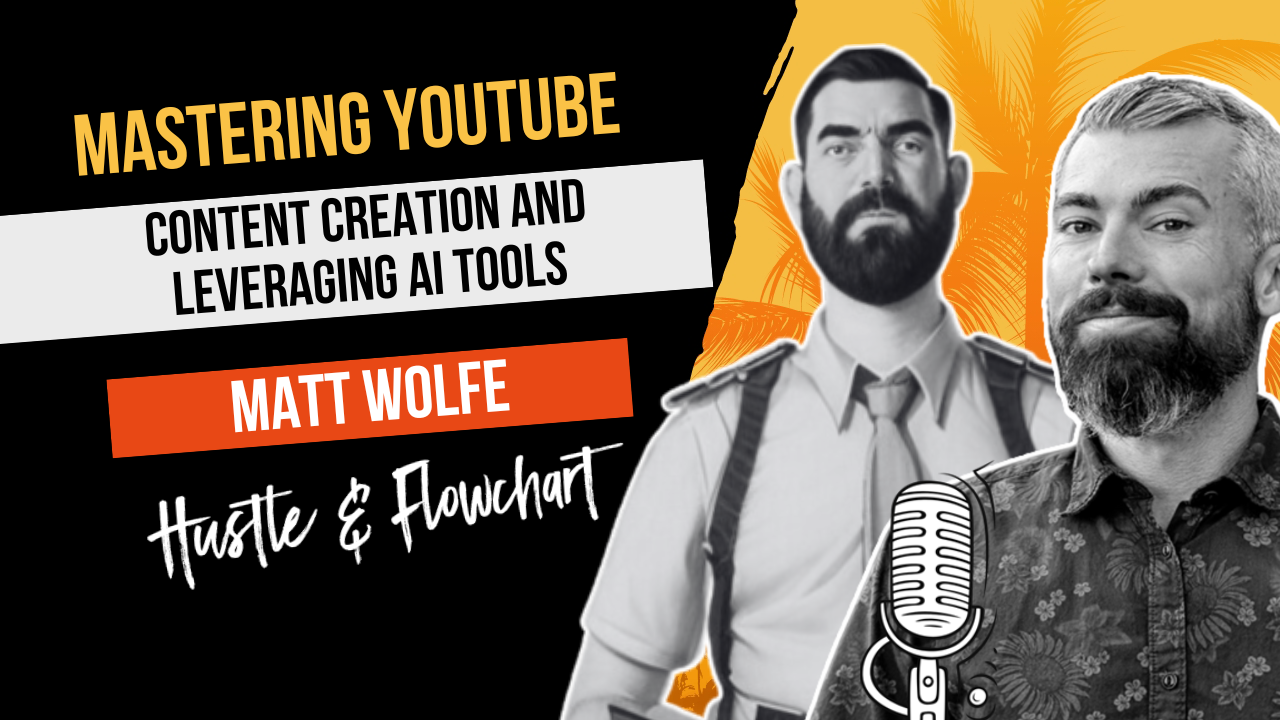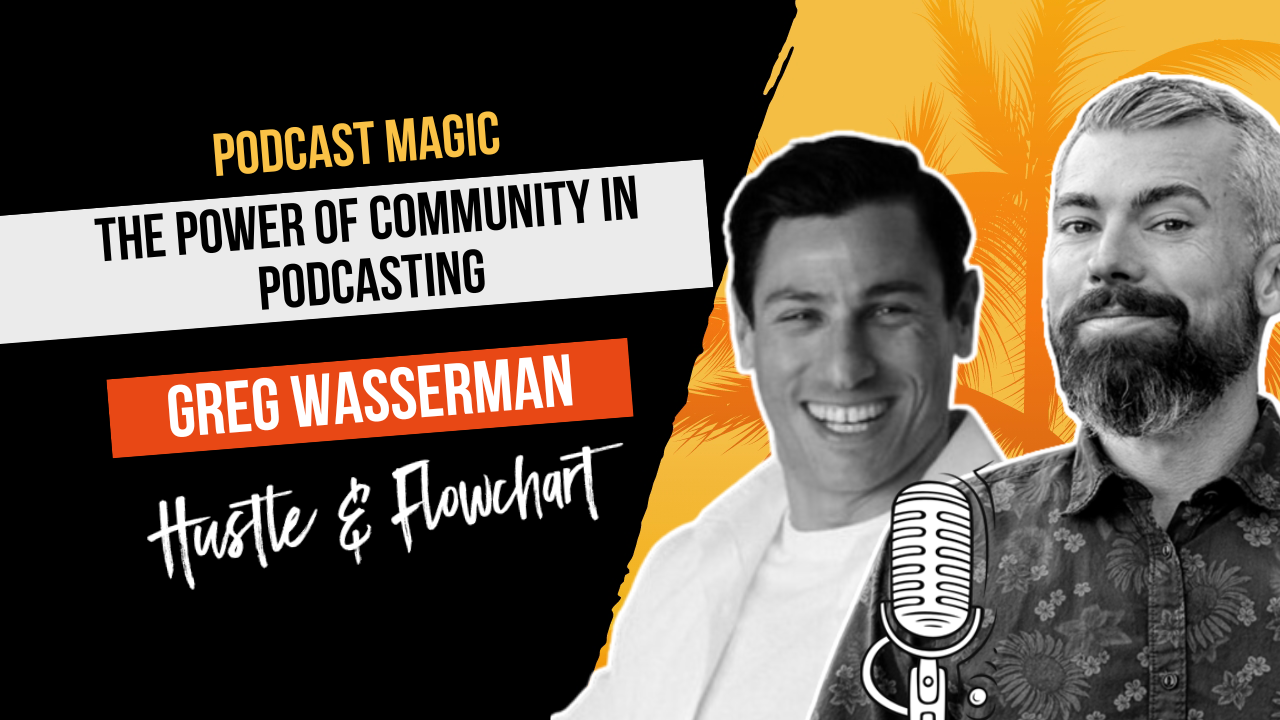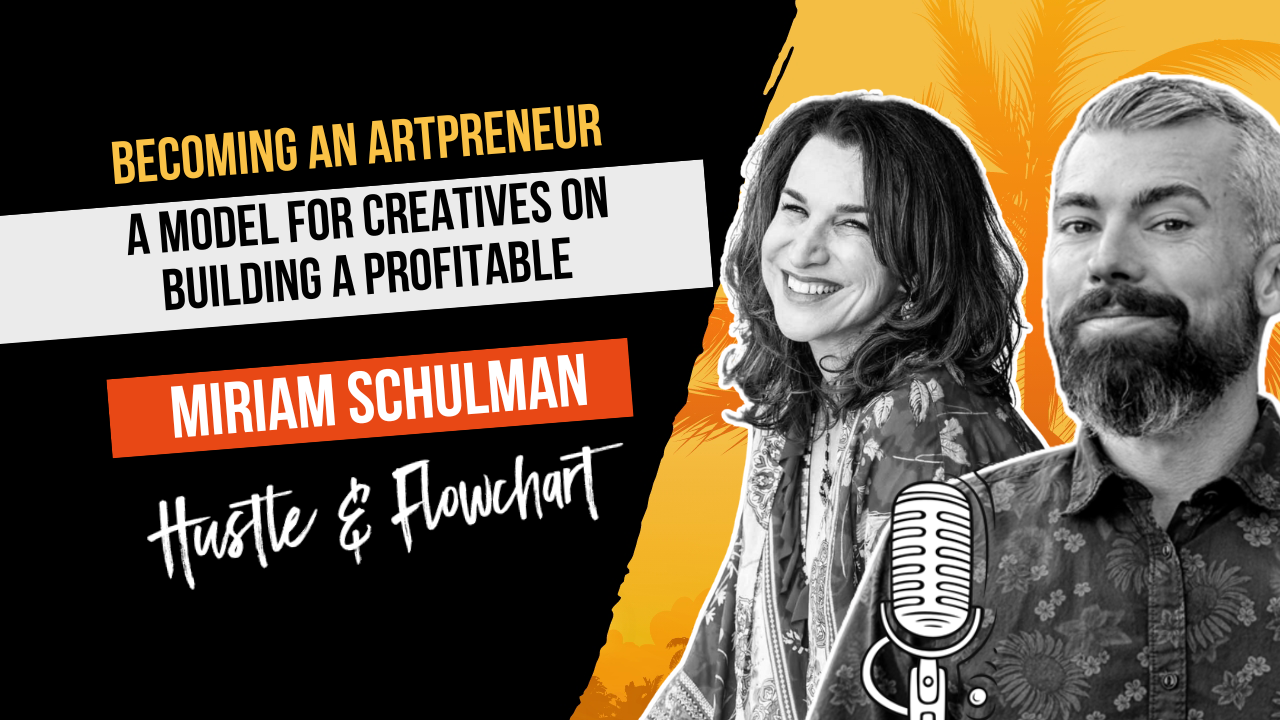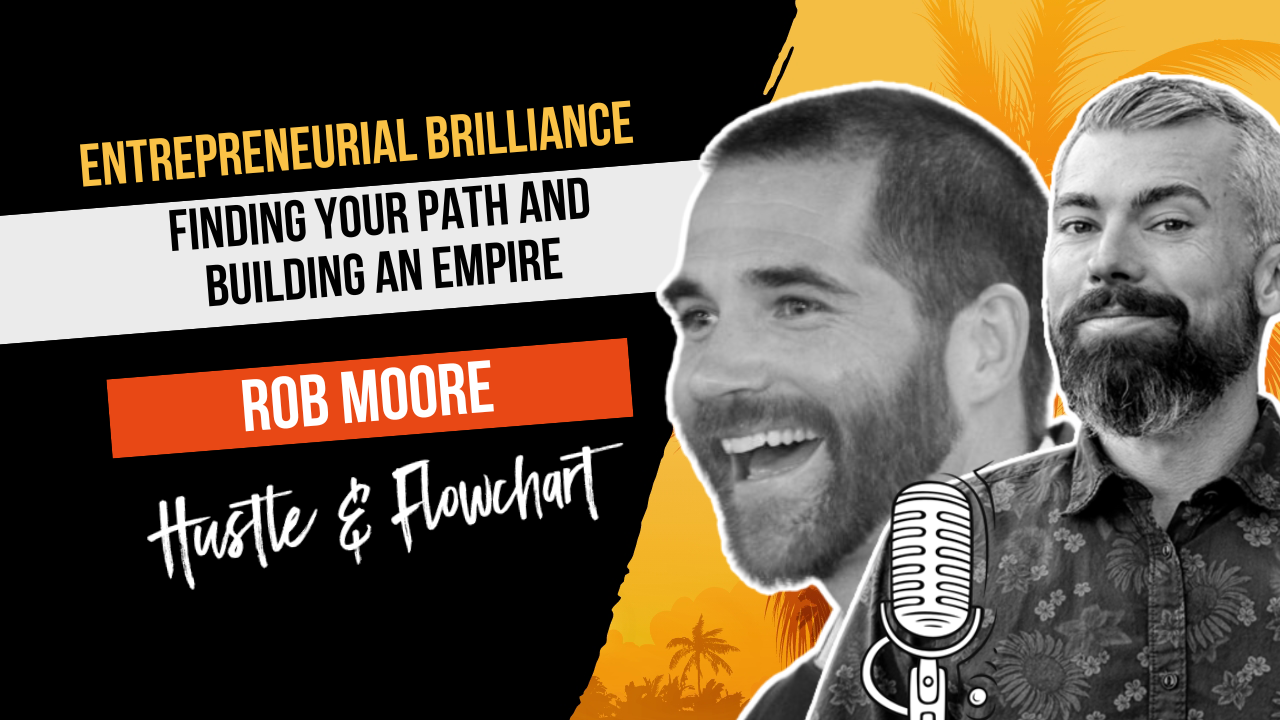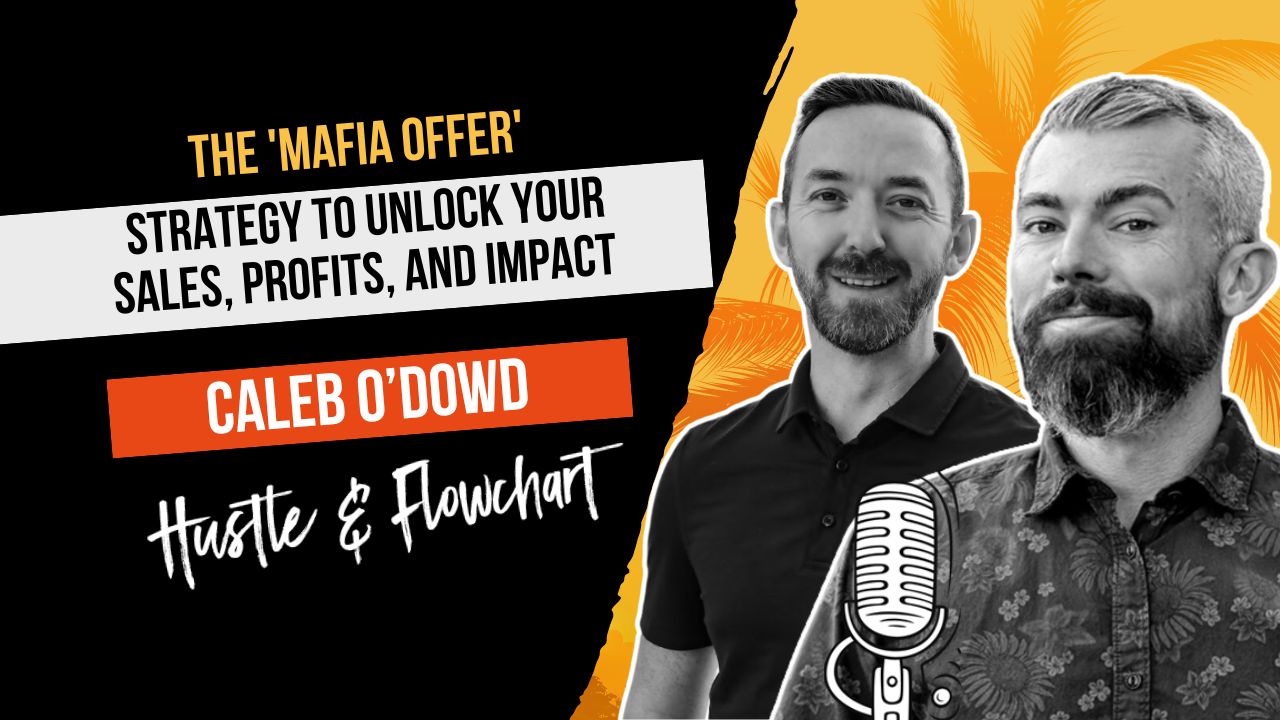Picture this:
You're hungry and pressed for time. You want something quick, but healthy. It doesn't take long to realize Subway caters to the health-conscious person who's on the go.
When you think of certain fast-food chains I'm sure you can only think of a few notable ones, right?
It's the same with clothing, soft drinks or the countless products we encounter every day.
What sets these products like Subway, Nike or Coca-Cola apart from the rest is their use of effective branding. And some are so spot-on, that their brand is synonymous with their product.
Do you ask for a tissue or a Kleenex?
Do you ride around on a personal watercraft or a Jet Ski?
Are you cooking dinner in your Crockpot?
And for entrepreneurs just starting their B2C startup, or latest venture in business, your personal brand sets the tone for your entire business.
It's that important. Without a strong brand, good luck making a strong impression on your target audience or carving out a spot in competitive markets.
You may think as a small business owner you don't need or have the resources for a brand. Large businesses have entire teams and think tanks to develop theirs.
As an entrepreneur with a team of one, you may not know how to create a powerful personal brand or why you need one in the first place.
Table of Contents
ToggleWhat is Personal Branding?
Your personal brand is,
[The] process by which individuals and entrepreneurs differentiate themselves and stand out from a crowd by identifying and articulating their unique value position, whether professional or personal, and then leveraging it across platforms with a consistent message and image to achieve a specific goal.
For your brand to work, it needs to be recognizable and consistent. This will reach more people and fuel your marketing tactics more than if you never had a brand to start off with.
Typically, people want to do business with other people, not with other businesses. Your personal brand can fill that need by providing a solid online identity that brings a level of personal interaction those big companies just can't achieve.
Why You Need a Powerful Online Brand
Back before social media really took off, traditional marketing relied more on pushing products than building a relatable brand. Companies during this time relied on spokespeople promoting products, and any marketing campaigns used weren't customer-centric.
But, with the popularity of social media, blogging and making money online, entrepreneurs, webpreneurs, and solopreneurs started making waves.
This created a need for a personal brand. Having a powerful brand online is now a requirement for any amount of success. When you take the time to cultivate a winning brand, your work won't go unnoticed.
Here's what having a powerful brand can do for your business:
1. Create a Strong Customer Relationship
According to HubSpot, customers remain loyal to a brand when they feel comfortable and in tune with them. There's a relationship between a brand and the customer.
It's known that Millennials are passionately loyal to brands online. In fact, it's projected that by 2017 they will spend close to $200 million, but not on just any product.
Millennials expect brands to be on social media and respond promptly. And brands are listening. JetBlue does an amazing job delivering customer service on Twitter:
So, having a strong personal brand that encompasses a solid customer relationship can tip the scales in your favor.
2. Get You Lots of Google Love
Branded sites do well in the SERPs. But, let's be clear here – they don't necessarily rank well because they are brands, they rank because branded sites have factors Google likes. These are called brand signals like:
- Being active on social media – big businesses are all over Twitter, Facebook, LinkedIn and even Pinterest. So, this means your small business should be too.
- Having a branded domain – there's no need to use keywords for your domain name since Google's last EMD update declared it doesn't help with SEO. Instead, go for a memorable branded name like LuluLemon.com, not bestyogawear.com. And when you do this, your brand can end up becoming the keyword:
- Having brand name anchor texts – Google values trust and legitimacy. Don’t try to keyword stuff of manipulate your anchor text. People will naturally link to a site using its brand and that's a ranking signal that Google will notice.
3. Become the Catalyst Behind Building Relationships With Your Audience
states that,
Every interaction you've had with your customers […] collectively form the basis of your relationship with your audience; and all relationships are facilitated, maintained and articulated by—none other than—your brand.
It's your brand that facilitates trust in people, but only if your company lives up to its brand by:
- Engaging with your audience
- Providing stellar customer service
- Creating useful content
- Becoming the go-to brand in your industry
This helps people understand your product or services better and gets them to understand why they should care – forming that crucial relationship between your brand and audience.
If you only had a product or a service, without solid brand integration, why would anyone trust you?
Having a powerful brand spearheading your marketing tactics means you can leverage it to build your business while you sleep. People will come to know who you are by your brand.
And because you've made an investment in brand development, don't be surprised if you obtain a few brand ambassadors along the way to propel your sales and engage in word-of-mouth marketing for your business.
4 Steps to Creating Your Personal Brand
So, if you're an entrepreneur, what are the steps to creating a brand that works for you while you sleep? Let's look at the four steps you need to build a strong and consistent brand.
1. Develop Your Unique Selling Point (USP)
Let me ask you this, as an entrepreneur, what makes your services or products special?
Why would anyone want to buy from you?
Answering these pivotal questions about your business means knowing about your USP. In essence, your USP is what your business stands for. It's what makes your business stand out from the crowd – and this is a good thing.
But, this doesn't mean you need to be the best at something everyone else is trying to be the best at. Businesses who compete with others in their vertical by trying to be the best often lose. Cal Newport, professor at Georgetown University, called this the Superstar Effect.
Instead, you don't compete with your competitors; you become the best at doing something no one else is trying.
And your USP can help define your goals by narrowing your target audience and catering to them.
Take Starbucks for example. They're a successful coffee business with a solid USP. Once a small coffee shop in Washington, Starbucks grew to become one of the most recognizable brands in America.
They accomplished this feat by having a strong USP. Starbucks decided not to compete with the many cheap “gas station” coffee places out there. Instead, they focused on a niche audience of coffee connoisseurs and delivered coffee at a premium price.
So, how can you, an online entrepreneur, convey a USP and be the lone wolf everyone pays attention to? One thing people admire and trust is transparency.
Many bloggers and entrepreneurs are looking to show their audience a true self. Matt Wolfe of this blog, stated,
I believe that I can create a brand around transparency. I believe I can create a brand that stands for being vulnerable and not having to have it all figured out all the time. I believe that I can be a brand that shows huge accomplishments as well as struggles and screw ups.
Two ways to show transparency to your audience are:
- Income reports – providing intimate details about your successes and struggles as an entrepreneur resonates with many people. They see you as an equal and trust what you have to say.
- Videos – people admire those that can think on their feet and expose a vulnerable side to them. Using a platform like Periscope – streaming live videos – is a great way to build your brand. Shoot candid unscripted shows for your audience. They get to see the real you and how you live your life. Other platforms you can try out include webinars, Google+ Hangouts, or Blab.
2. Have a Unique Voice
Another way to stand out from the crowd is to develop an authentic voice or personality.
Having strong opinions, a sense of humor, or having expert industry knowledge is what will make you and your brand memorable.
Dre Beltrami from The Branded Solopreneur, says this about herself:
I'm a straight shooting, wine guzzling, shoe hoarding, sassy Italian, born and raised in California whose favorite word starts with an F and rhymes with “tuck”.
And this isn't a gimmick. This is her true authentic personality, and it oozes in her content and her newsletters.
She has a fierce tribe of loyal creatives behind her, and it's her personality that plays a big part in her overall brand messaging.
When deciding on your voice for your business, don't hide your true self; it could be the one thing that catapults your brand and gets everyone talking about it.
3. Your Professional Image
When you craft a public image that's memorable and instantly recognizable, you become your brand.
Whether you want to appear serious, powerful, playful or personable, your mug will be the first thing people see when they learn about your business.
It'll be plastered on social media, on your site, on your blog and maybe even in your products. Don't shortchange yourself when creating a knock-out appearance as a way to stand out.
Derek Halpern got a $310 haircut, dressed to impress, showed a dignified side of himself and posed for his SocialTriggers homepage.
To a viewer, Derek's image portrays someone who is successful and intelligent, instantly creating a sense of built-in trust.
This falls in line with the halo effect – having a preconceived bias based on the look of a person. We assume good-looking people are naturally intelligent, successful and good-natured.
So, part of your success as an entrepreneur relies on how you portray yourself online.
4. Set Your Brand Identifiers
Okay, up until this point we've focused on building your ideals and vision of your brand. Now let's look at how we can integrate your personal brand online.
You do this by having brand identifiers. These are notable and symbolic images that make up your brand. Let's discuss three of them: your logo, signature color, and your unique style.
Your Logo
Try not to think that your logo is your brand, because it's not. Your logo is the visual component of your business, style, and brand. It's the icon – in its simplest form – that identifies your business. It's typically easy to recognize, and it's memorable.
[source The Full Effect]
When designing your logo, make sure it can stand the test of time – nothing trendy. Keeping it simple will not only make it timeless, but it will also be easy to scale and adapt to all types of mediums.
Keeping it simple also means using no more than three colors or two different fonts in your logo. By following best practices, you avoid having a poorly designed logo that could ultimately hurt your brand message.
Signature Color
The turquoise blue of Twitter, or the iconic red and white of Coca-Cola; the signature color not only makes their brand quickly identifiable, but it also evokes an emotion behind it.
The color or colors you choose for your brand can signal to people a sense of calmness or an urgency to know more. A color can be the one thing that changes a maybe I'll get it to a yes I want it now.
[source the Logo Company]
Integrate your signature color in your marketing material, your logo, your website, newsletters, and products.
As an example, Copy Hackers‘ brand is modern with a hint of fun. Their flat designs of a hand-drawn “professor” are integrated all over their site, opt-in and in their popular products. Their “professor” and their signature colors – orange and blue tones – are a trademark of Copy Hackers.
Your signature color can even extend to your social sharing buttons.
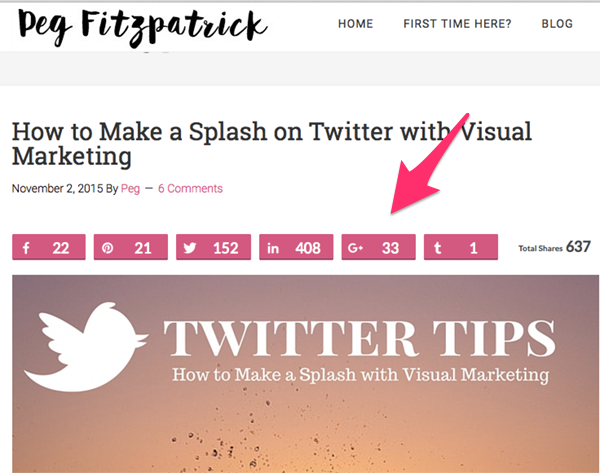
Unique Features
For online entrepreneurs, the excitement of building your brand typically shows up in the type of theme, font and images you use for your business.
These unique features collectively back up your personal brand, voice, and style. Matt Wolfe has said he likes working with the WordPress theme called Voice for all his blogs. This creates a cohesiveness and simple identifier to let someone know when they're on one of Matt's sites.
Images also play a huge role in creating a tone to your brand. For example, over on Mad Lemmings, Ashley Faulkes chooses to use many images by Ryan MacGuire – self-proclaimed whimsical, creative artist – for his blog and even his homepage.
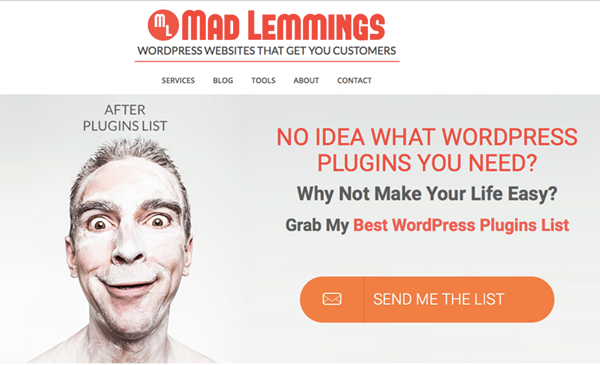
Putting it All Together
When you have all the elements that go into your personal brand, putting it together might seem like a big feat for one person.
Sometimes it's a good idea to see how other entrepreneurs built their brand. How do the big bloggers and online businesses develop their brand?
Let's look at two bloggers and their sites to see how they explain their brand development.
1. Dre Beltrami from The Branded Solopreneur

Armed with more clarity than I've ever had before, my branding for The Branded Solopreneur came together fairly quickly. I knew it needed to represent me in every facet, so I took aspects of my personality and approach and translated them into each digital asset I defined. For instance, my color palette represents me in the way that I've always been pinging and ponging between the black and the white searching for the perfect shade of grey. When you dissect The Branded Solopreneur you will see I've infused myself into every single piece…that's what being a solopreneur is all about!
Follow Dre @DreBeltrami.
Pauline Cabrera from Twelveskip

I enjoy unique and fun things! I like working with people that humanizes their brand, so I like to do the same for TwelveSkip! I want to look ‘professional' but fun at the same time.In developing my brand, I looked at these elements:
- Name: I wanted my name to be short, easy to remember, and easy to recognize. It's quite funny how I came up with the name “TwelveSkip.” I went outside to find inspiration, then walked around and ended up sitting in the playground writing down ideas. Someone was playing “skipping rope” and I thought the “Skip” word sounded cool. So I had to mix and match it with other words until I came up with the name “TwelveSkip.” I also used Thesaurus, UrbanDictionary or com to generate name ideas.
- Logo: With the help of my inspiration, I experimented and mixed things together until I came up with something unique that appeals to my ideal audience.
- Colors: I am currently using 3 1 main color, a 2nd color then some bright or “easy to notice” color for my call to action buttons. I used color.adobe.com, colorschemedesigner.com or colorschemer.com to find color inspiration.
- Fonts: I'm using about 2-3 fonts, 1 for headings, 1 for the whole body and another for subheadings.
- Tagline: I wrote my tagline using my target audience's language, so they can easily ‘get ‘
- Style: I had to pick what kind of design that appeals to my audience. I wanted a minimal look but not boring at the same time. So I had to choose ‘minimal' as my main style and spice things up with some ‘hispter' (or badass) looking elements by using handwritten arrows, uneven borders with oversized backgrounds.
- Wordings: This was the question I had to answer myself: What wordings should I often use all over my website/ blog/ emails/ buttons/ sales page/ comments/ social media, etc. so people would remember me when those words are being used? – My usual words are “awesome” and “bangin'”. g. when I send group messages, I would start with “Hey Awesome Biz Owners!” Follow Pauline @Twelveskip.
Wrapping it Up
A lot of thoughts occur when you're designing your personal brand. It's much more than slapping on a logo and calling it quits. From your voice to how you want to portray yourself online to visual elements, your brand needs to ooze authenticity to win the minds – and wallets – of your audience.
If anything, look to other bloggers and entrepreneurs and see what it is that makes them easily identifiable and memorable. Is it their uncanny way of telling it like it is? Or, is it a blogger's unflinching transparency into their most intimate parts of their business? Maybe, it's an entrepreneur's impeccable customer service that wins the hearts of many.
Having a brand that works for you while you sleep often takes many sleepless nights to create. But, it's totally worth it and expected as a precursor to success.
Now it's your turn – tell us how you developed your powerful brand and how it's working for you.


